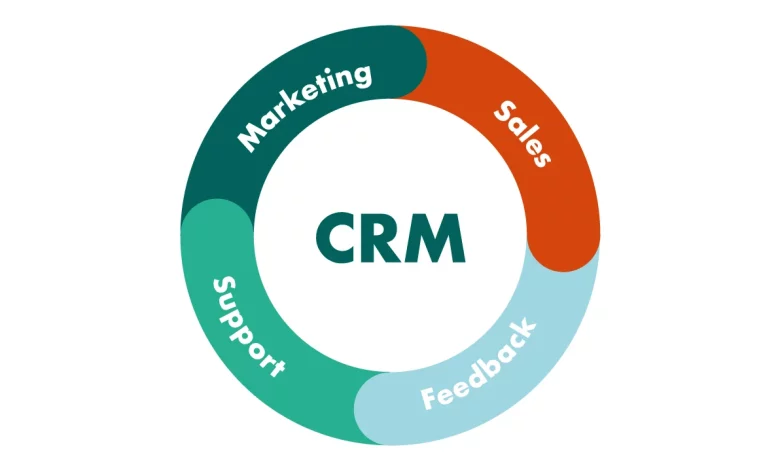Customer Relationship ManagementStrategic Marketing
Customer Relationship Management (CRM) is centered around understanding and improving relationships with customers. It typically rests on four key pillars:

1. People
Explanation:
- People represent both customers and employees involved in the Customer Relationship Management process. This pillar emphasizes building strong relationships through effective communication, understanding customer needs, and training employees to provide exceptional service. The relationship between customers and employees is crucial for gathering feedback, resolving issues, and enhancing customer satisfaction.
2. Processes
Explanation:
- Processes refer to the workflows and procedures that govern how a company interacts with its customers. This includes everything from sales and marketing strategies to customer service protocols. Well-defined processes help ensure that interactions with customers are consistent, efficient, and effective, which in turn improves the overall customer experience.
3. Technology
Explanation:
- Technology encompasses the tools and platforms used to gather, analyze, and manage customer data. This includes Customer Relationship Management software, data analytics tools, and communication systems. Technology facilitates the storage of customer information, automates marketing campaigns, and helps in tracking customer interactions. It’s critical for deriving insights that can improve customer engagement and inform business strategies.
4. Data
Explanation:
- Data is the foundation for making informed decisions in Customer Relationship Management . This includes customer demographics, purchase history, preferences, and feedback. Effective data management allows organizations to better understand their customer base, tailor their offerings, and predict future trends. When organizations leverage data properly, they can create personalized marketing campaigns and improve overall service quality.
Benefits of the Pillars
- Enhanced Customer Satisfaction:
- By focusing on people and establishing effective processes, organizations can better meet customer needs and preferences. This leads to improved customer service and satisfaction, enhancing loyalty and reducing churn rates.
- Improved Efficiency:
- With streamlined processes and advanced technology, operational efficiency increases, allowing teams to respond quickly to customer inquiries and issues. This reduces handling times and improves the customer experience, making it easier to resolve concerns and fulfill requests.
- Informed Decision-Making:
- The data pillar allows businesses to gather insights into customer behavior and trends. This information enables organizations to make data-driven decisions, optimizing their marketing strategies and product offerings to align with customer preferences, ultimately driving sales and profitability.
How They Affect an Organization
The four pillars of Customer Relationship Management —people, processes, technology, and data—work together to create a holistic approach to customer engagement. When effectively implemented, they can lead to:
- Stronger Customer Loyalty: Satisfied customers are more likely to return and recommend the brand to others, creating a loyal customer base.
- Competitive Advantage: Organizations that leverage CRM pillars effectively can differentiate themselves in the market by providing superior customer experiences, leading to increased market share.
- Increased Revenues: By aligning marketing efforts with customer needs based on data insights, companies can improve conversion rates and boost overall sales.
In summary, the four pillars of CRM are interrelated, and their integration can significantly enhance an organization’s ability to connect with and serve its customers more effectively, ultimately driving growth and success.





One Comment